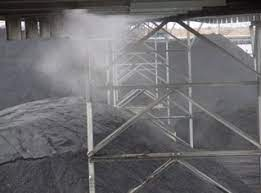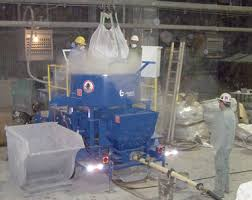The Importance of Dust Control in a Manufacturing Setting
The importance of dust suppression in a manufacturing facility can not be understated, considering that the amount of dust floating in any enclosed area is a danger to health. For this reason, most factories require their employees to wear a face mask while inside, as well as, implement strict procedures for the cleaning and maintenance of personal protective equipment worn by personnel. It should go without saying that such safety procedures and equipment are required because there is simply no way to avoid the constant exposure to airborne dust and fine dust particles.

The effects of such particles on health vary depending on the individual; however, most experts maintain that such particles are extremely harmful to the health of individuals working in enclosed spaces. In addition to the obvious health problems they cause – such as irritation to the eyes and respiratory problems, irritation to the skin, and even problems with the immune system – the existence of dust in an enclosed space also creates the potential for the formation of mould.
There are a number of different methods of dust suppression in a manufacturing facility that employs various types of technologies including, air purifiers, low-pressure canisters, low-water scavengers, dry powder filters, cloth HEPA filters, and wetting agents. Ultimately, determining the most appropriate type of dust suppression for your manufacturing operation largely depends on the type of work being performed at the facility. For Pneumatic Conveying Systems, visit Aptech

With all things considered, the most important factor in dust control is to make sure that you provide your employees with a comprehensive dust control program. This will not only ensure overall better health and safety for your workforce, but will also help you in reducing your operational costs in the long run.

